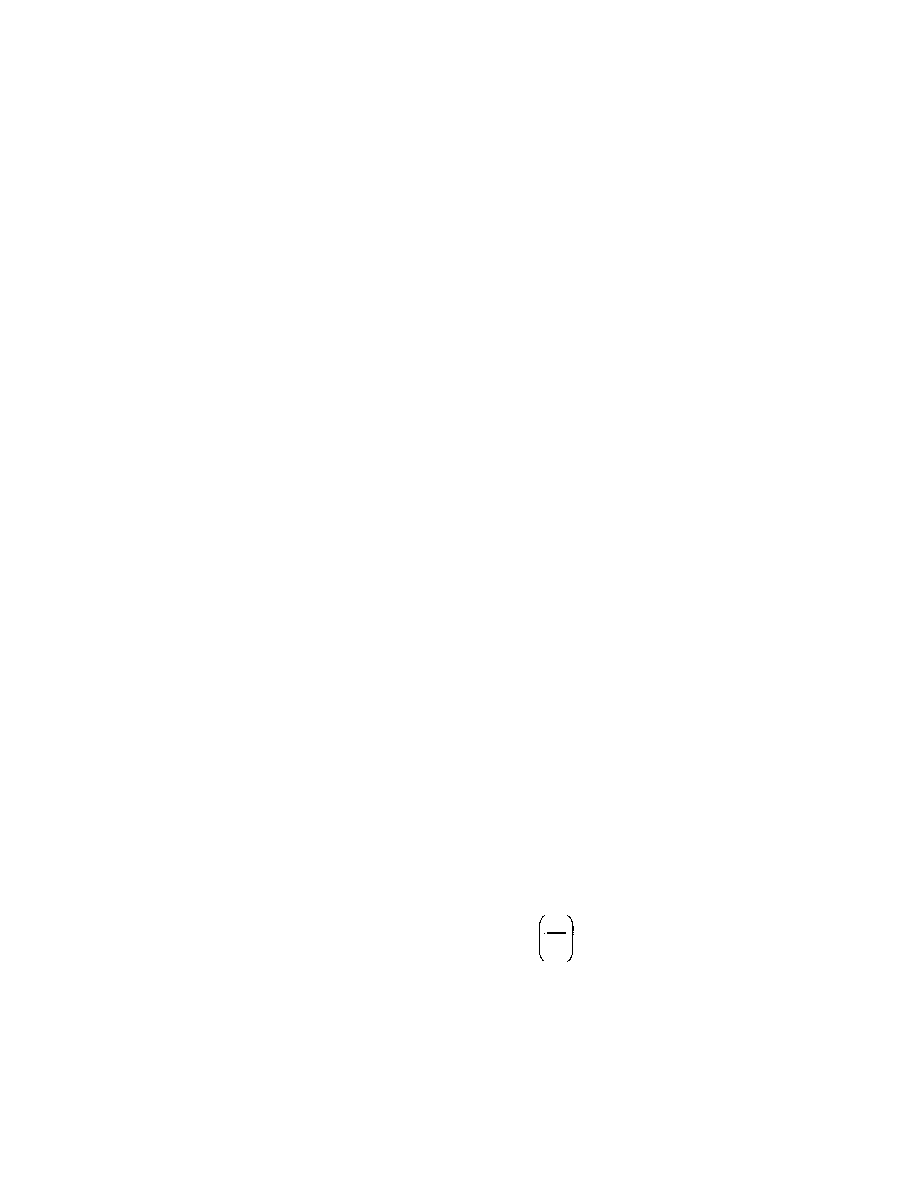
DOFMaster
for Windows
On-line
Depth of Field
Calculator
DOFMaster for Mobile Devices
On-line
Depth of Field
Table
Hyperfocal
Distance Chart
Articles
FAQ
Recommended
Books
Support
Contact
Links
Home
for Windows
On-line
Depth of Field
Calculator
DOFMaster for Mobile Devices
On-line
Depth of Field
Table
Hyperfocal
Distance Chart
Articles
FAQ
Recommended
Books
Support
Contact
Links
Home
As an Amazon Associate I earn from qualifying purchases.
![]()
subject into the lens. Whenever the light source has a
light on the subject is called side lighting. In side lighting
situations, part of the subject is in shadow. Photographs
of side-lighted scenes usually require two times (one
f/stop) more exposure than frontlighted subjects when
you want detail in the shadows.
called backlighting. In back-lighted situations, the
subject is in shadow and the light reflected from the
subject toward the camera is decreased greatly. A
scene is produced by closing down one f/stop from the
basic exposure. If shadow detail is desired, an increase
of four times (two f/stops) from the basic exposure is
required.
and shades of the scene also have an effect on film
exposure.
these objects reflect a large percentage of light to the
lens. Rough surfaces greatly scatter and diffuse light.
Less light from rough surfaces is reflected to the lens.
object reflects a high percentage of incident light, and a
black object reflects very little of the light. Between
these two extremes are the numerous tones of gray and
colors of various hues and brightnesses. Each colored or
gray object in a scene reflects a specific amount of light.
A scene that consists primarily of light-colored or
light-toned objects usually requires an exposure
compensation to decrease the exposure as compared to
consists primarily of dark-colored or dark-toned objects
usually requires an exposure compensation to provide
more exposure as compared to the basic exposure for an
average scene. The primary reason light scenes and dark
scenes require less exposure and more exposure,
respectively, as compared to the average scene, is to
maintain detail in the highlight of the light scenes and
detail in the shadow areas of the dark scenes.
example, a blue object does not reflect as much light
when illuminated with a red light source, as compared
to the same object being illuminated with a blue light
source. This difference in reflectance is caused by the
blue object absorbing the reddish light and reflecting the
bluish light.
a mercury-vapor lamp, and so on. The same factors that
affect exposures for daylight apply to artificial light as
well. Artificial light has some advantages. Distance,
direction, and color temperature can be controlled using
these light sources.
When you are photographing at these close distances, it
is not uncommon for the bellows of these cameras to
extend beyond one focal length. The farther the bellows
are extended, the larger the image size produced at the
film plane. When a 1:1 subject to image ratio (on the
film plane) is needed, the bellows are extended to two
times the focal length of the lens; for example, when a
6-inch lens is used to produce a 1:1 ratio, the bellows
extended is determined by measuring the distance from
the optical center of the lens to the film plane.
light must travel a greater distance, some of the intensity
is lost. This loss of light intensity must be compensated
for by opening up the aperture or increasing the
exposure time. There are two formulas used to adjust the
exposure when the bellows are extended.
cameras and copy cameras are mounted securely and the
critical aperture is used to produce the sharpest image.
To adjust the exposure time, use the following formula:
Basic Photography Course

As an Amazon Associate I earn from qualifying purchases.
WWW.DOFMASTER.COM
© 2006 Don Fleming. All rights reserved.
© 2006 Don Fleming. All rights reserved.